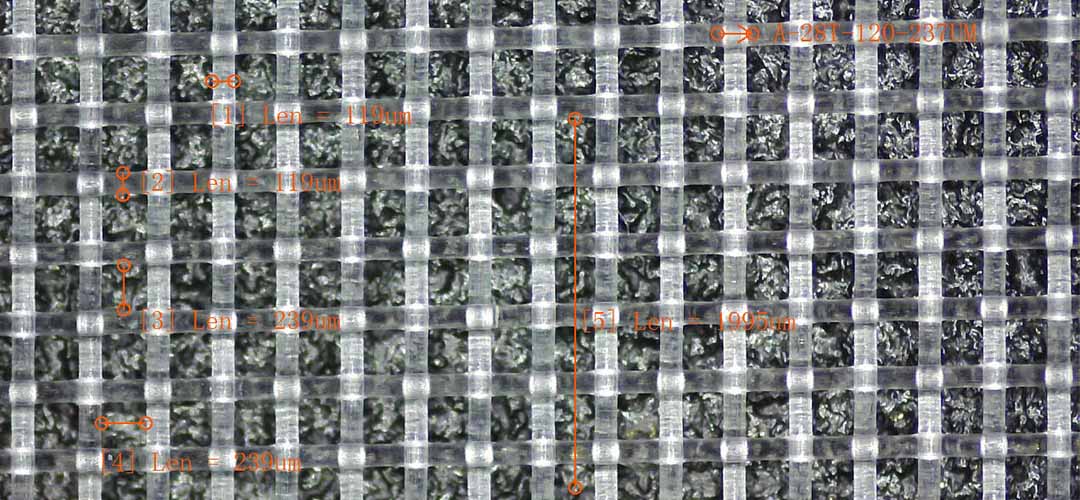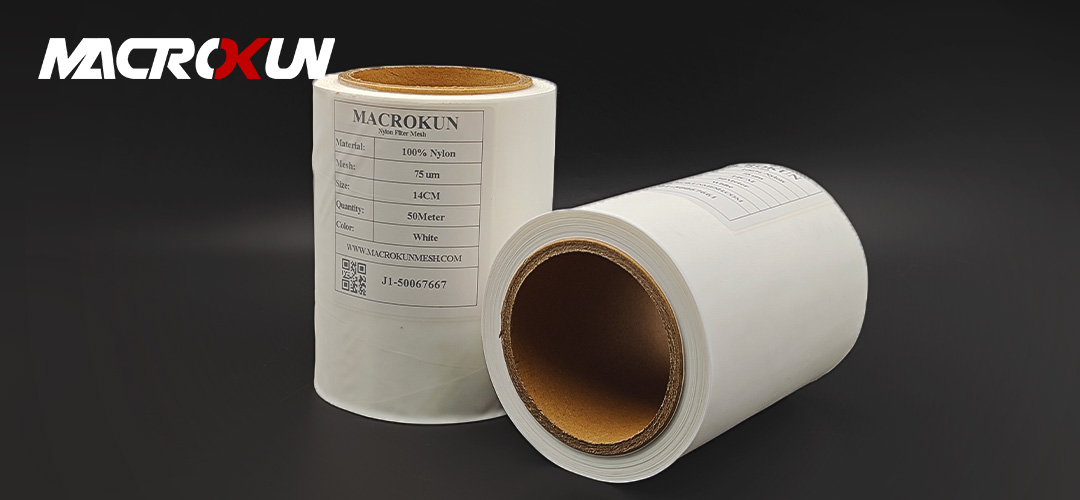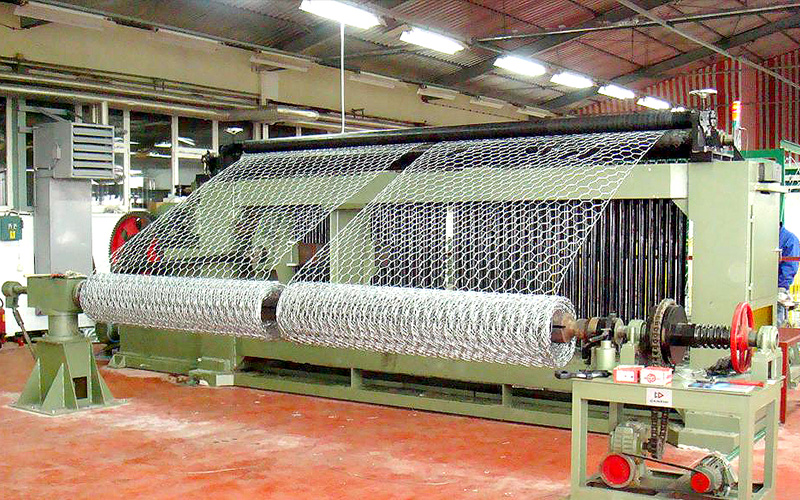Table of Contents
Benefits of Using High-Quality 70 Micron Screens for Medium Particle Removal
High-quality 70 micron screens play a crucial role in the effective removal of medium-sized particles across various industries, including water treatment, food processing, and pharmaceuticals. The significance of utilizing these screens lies in their ability to enhance operational efficiency while ensuring compliance with stringent quality standards. By effectively filtering out unwanted particles, these screens contribute to the overall purity of the final product, which is essential in maintaining customer satisfaction and trust.
One of the primary benefits of using high-quality 70 micron screens is their precision in particle removal. With a mesh size specifically designed to capture medium particles, these screens ensure that contaminants are effectively filtered out without compromising the flow rate of the liquid or material being processed. This balance between filtration efficiency and flow rate is vital, as it allows for uninterrupted operations while maintaining the integrity of the product. As a result, businesses can achieve higher productivity levels, reducing downtime and increasing throughput.
Moreover, the durability of high-quality 70 micron screens cannot be overlooked. Constructed from robust materials, these screens are designed to withstand harsh operating conditions, including exposure to chemicals and high temperatures. This resilience not only extends the lifespan of the screens but also minimizes the need for frequent replacements, leading to significant cost savings over time. By investing in durable filtration solutions, companies can allocate resources more effectively, focusing on core operations rather than maintenance and replacement.
In addition to their durability, high-quality 70 micron screens offer versatility across various applications. Whether in wastewater treatment facilities, food and beverage production, or pharmaceutical manufacturing, these screens can be tailored to meet specific operational requirements. This adaptability ensures that businesses can implement effective filtration solutions that align with their unique processes, ultimately enhancing product quality and safety. Furthermore, the ability to customize screen specifications allows for the optimization of filtration systems, ensuring that they operate at peak efficiency.
Another critical advantage of using high-quality 70 micron screens is their contribution to regulatory compliance. Many industries are subject to strict regulations regarding product purity and safety. By utilizing effective filtration systems, companies can ensure that they meet these standards, thereby avoiding potential fines and legal issues. Compliance not only protects the business from financial repercussions but also enhances its reputation in the market. Customers are increasingly aware of the importance of product quality, and businesses that prioritize effective filtration demonstrate their commitment to excellence.
Additionally, the implementation of high-quality 70 micron screens can lead to improved environmental sustainability. By effectively removing medium particles from wastewater and other byproducts, these screens help reduce pollution and minimize the environmental impact of industrial processes. This commitment to sustainability not only aligns with global trends towards eco-friendliness but also appeals to a growing segment of environmentally conscious consumers. Companies that adopt sustainable practices are often viewed more favorably, which can translate into increased customer loyalty and market share.

In conclusion, the benefits of using high-quality 70 micron screens for medium particle removal are manifold. From enhancing operational efficiency and ensuring compliance with regulations to promoting sustainability and reducing costs, these screens are an invaluable asset for businesses across various sectors. By investing in effective filtration solutions, companies can not only improve their product quality but also position themselves as leaders in their respective industries, ultimately driving long-term success and growth.
How to Choose the Right High-Quality 70 micron screen for Your Application
When selecting a high-quality 70 micron screen for medium particle removal, it is essential to consider several key factors that will ensure optimal performance and efficiency in your specific application. First and foremost, understanding the nature of the particles you intend to filter is crucial. Different materials exhibit varying properties, such as size, shape, and density, which can significantly influence the effectiveness of the screening process. For instance, if you are dealing with irregularly shaped particles, a screen with a specific mesh design may be more effective than a standard flat screen.
Moreover, the flow rate of the material being processed plays a vital role in determining the appropriate screen choice. A higher flow rate may necessitate a screen with larger openings or a different mesh configuration to prevent clogging and maintain efficiency. Conversely, if the flow rate is lower, a finer mesh may be suitable, allowing for more precise filtration. It is also important to consider the viscosity of the material, as thicker substances may require screens designed to handle increased pressure and flow resistance.

In addition to the physical characteristics of the material, the operational environment must be taken into account. Factors such as temperature, chemical exposure, and potential abrasion can affect the longevity and performance of the screen. For example, if the application involves corrosive substances, selecting a screen made from resistant materials, such as stainless steel or specialized polymers, will enhance durability and reduce maintenance costs. Similarly, in high-temperature environments, screens designed to withstand thermal stress will ensure consistent performance over time.
Another critical aspect to consider is the screen’s manufacturing quality. High-quality screens are typically produced using advanced techniques that ensure uniformity and precision in mesh size. This uniformity is essential for achieving consistent particle removal and preventing variations in product quality. When evaluating potential suppliers, it is advisable to request information about their manufacturing processes, quality control measures, and any certifications that demonstrate adherence to industry standards.
Furthermore, it is beneficial to assess the supplier’s reputation and experience in the field. A well-established supplier with a proven track record in providing high-quality screening solutions is more likely to offer reliable products and support. Engaging with industry peers and seeking recommendations can provide valuable insights into the best suppliers for your specific needs.
Once you have identified potential screens, conducting trials can be an effective way to evaluate their performance in your application. By testing different screens under actual operating conditions, you can gather data on their efficiency, durability, and overall effectiveness in medium particle removal. This hands-on approach allows for informed decision-making and can help identify any unforeseen issues that may arise during regular use.
In conclusion, choosing the right high-quality 70 micron screen for medium particle removal involves a comprehensive evaluation of the material properties, operational conditions, and supplier capabilities. By carefully considering these factors and conducting thorough testing, you can ensure that your selected screen will meet the demands of your application, ultimately leading to improved efficiency and product quality. Investing time and resources into this selection process will pay dividends in the long run, as the right screen can significantly enhance your operational performance and reduce downtime associated with maintenance and replacement.
Maintenance Tips for Ensuring Longevity and Efficiency of High-Quality 70 Micron Screens
High-quality 70 micron screens are essential tools in various industries, particularly for medium particle removal in processes such as filtration, separation, and processing. To ensure these screens maintain their efficiency and longevity, it is crucial to implement a series of maintenance tips that can significantly enhance their performance. Regular inspection is the first step in this maintenance routine. By routinely checking the screens for any signs of wear, tear, or clogging, operators can identify potential issues before they escalate into more significant problems. This proactive approach not only extends the lifespan of the screens but also ensures that they continue to operate at optimal efficiency.
In addition to regular inspections, cleaning the screens is vital for maintaining their functionality. Depending on the application and the type of particles being filtered, screens can accumulate debris and contaminants that hinder their performance. A thorough cleaning regimen should be established, utilizing appropriate cleaning agents that do not damage the screen material. For instance, using high-pressure water jets can effectively dislodge particles without compromising the integrity of the screen. Moreover, it is essential to follow the manufacturer’s guidelines regarding cleaning frequency and methods, as this can vary based on the specific application and environmental conditions.
Another critical aspect of maintenance is monitoring the operating conditions under which the screens function. Factors such as temperature, pressure, and flow rate can significantly impact the performance of 70 micron screens. By ensuring that these parameters remain within the recommended ranges, operators can prevent undue stress on the screens, which can lead to premature failure. Implementing a monitoring system that tracks these variables can provide valuable insights, allowing for timely adjustments to be made as needed.
Furthermore, it is advisable to keep a detailed maintenance log. Documenting all maintenance activities, including inspections, cleanings, and any repairs or replacements, creates a comprehensive history of the screen’s performance. This log not only aids in identifying patterns or recurring issues but also serves as a reference for future maintenance planning. By analyzing this data, operators can make informed decisions about when to replace screens or adjust maintenance schedules, ultimately leading to improved operational efficiency.
In addition to these practices, training personnel on the proper handling and maintenance of 70 micron screens is crucial. Ensuring that all team members understand the importance of these maintenance tips and how to implement them effectively can foster a culture of care and responsibility. Regular training sessions can help reinforce best practices and keep everyone updated on any new techniques or technologies that may enhance screen maintenance.

Lastly, investing in high-quality screens from reputable manufacturers can significantly impact their longevity and efficiency. While it may be tempting to opt for cheaper alternatives, the long-term benefits of high-quality materials and construction often outweigh the initial cost. Quality screens are designed to withstand the rigors of industrial applications, providing reliable performance over time.
In conclusion, maintaining high-quality 70 micron screens requires a multifaceted approach that includes regular inspections, thorough cleaning, monitoring operating conditions, keeping detailed maintenance logs, training personnel, and investing in quality products. By adhering to these maintenance tips, operators can ensure that their screens not only perform efficiently but also have an extended lifespan, ultimately contributing to the overall success of their operations.






